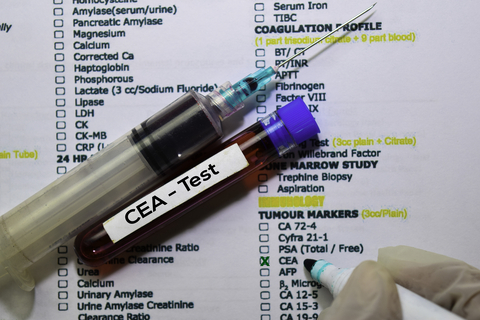Imagine a situation when a doctor gives someone a referral to the CEA blood test.

What feelings does the patient feel after receiving such a referral and waiting for the result? Horror, fear, despair.
Let’s find out how accurate is the CEA blood test and why we actually need it.
CEA (cancer-embryonic antigen) is found in some adult tissues in very small quantities. In tumor processes, the concentration of CEA in the blood increases significantly. An increase in the concentration of this marker occurs in colorectal cancer, cancer of the lung, breast, or pancreas, metastases of malignant tumors in the liver, bone tissue, prostate, and ovarian tumors. At the same time, an increase occurs in benign diseases of the intestines, liver, and lungs, especially in heavy smokers.
Determination of most of the tumor markers is important and should be used in the presence of clinical manifestations of the tumor and its instrumental confirmation for differential diagnosis or monitoring the effectiveness of therapy.
-
 CEA Blood Test£16.75
CEA Blood Test£16.75
As a screening, the analysis for tumor markers should not be used. However, this does not mean that the marker does not contribute to the early detection of tumors, but only that such an examination does not improve the prognosis of the average group of people. At the same time, no one can say how it will affect the life of a particular person.
Once you know you have cancer, The CEA test can help your doctor monitor your treatment.
So to answer the question of how accurate is the CEA blood test we need to know with what purpose it is performed. It is quite accurate and useful in helping your doctor find the appropriate treatment, see how well radiation, chemotherapy, surgery have worked during treatment, see if cancer has come back after treatment.
It is imperative that any examination is prescribed by a doctor who has sufficient knowledge and can interpret the result of the analysis for the benefit of the patient. This will help not only maintain health but also avoid stressful situations and unnecessary material expenditures.
